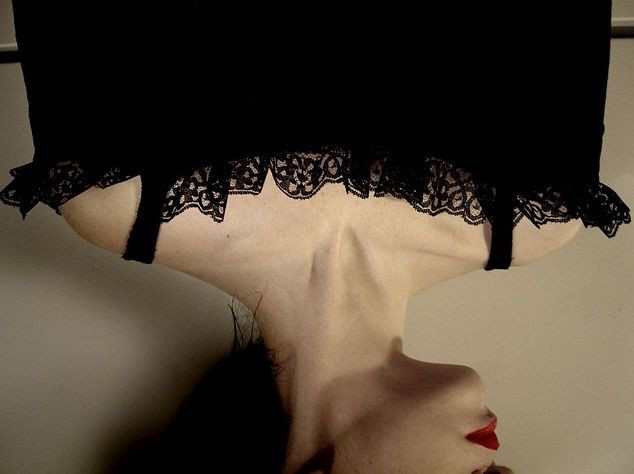Woman Has Medical Condition Where She Needs to be Upside Down

A case study published in Discover magazine outlines the story of a woman who would pass out any time she reclined on a bed or was standing upright. The only way she could maintain consciousness was if she was held upside down.
Dr. Louis Janeira tells the story. When he first saw the petite woman, called Mary in the article, she was being carried by a seven-foot tall man into the ambulance bay. Doctors, security guards, and nurses frantically yelled at him to put her down, saying that he was hurting her. Jason, the seven-foot-tall giant, refused. When Janeira finally convinced everyone in the vicinity to calm down, they explained that they were married, she felt fine, and that this was the only way that she could remain conscious.
Mary had come to the hospital the day before because of her low blood pressure. At 60 years old, her blood pressure would have needed to be 60 to 80; hers was 40. Doctors inserted a pacemaker the day before, and she was sent home that morning. But thirty minutes prior to her arrival at the hospital, she coughed and collapsed. Afterwards, when she tried to stand upright, she fainted immediately.
Janeira tried to think of solutions. He says in the article, "Mary could have something obstructing the blood flow from her heart to her brain that was overcome when her head was down. Or her blood pressure could be so low that blood reached the brain only when she was upside down. Blood pressure that low could have been triggered by an allergic reaction, anaphylactic shock, or severe dehydration."
"Another possibility was that Mary was suffering from cardiac tamponade, a compression of the heart caused by a buildup of blood in the sac covering the organ," notes Janeira. "If her heart had been perforated during the pacemaker implantation and blood had seeped out into the sac around it, it might be that her ventricles were now being squeezed by this accumulating blood, lowering her cardiac output. That condition could improve when she was upside down by increasing blood flow to the brain."
But the doctor soon realized that the wire in Mary's pacemaker must have disconnected when she coughed. While she was upside down, the pacemaker could stimulate the heart, but when she was upright, it could not. Mary's pacemaker was reinstalled, and she was able to walk out of the hospital upright.
Her case was extremely rare: of the 220,000 implants of pacemakers using the lead that was in Mary's pacemaker, only 97 dislodged.
Published by Medicaldaily.com



























